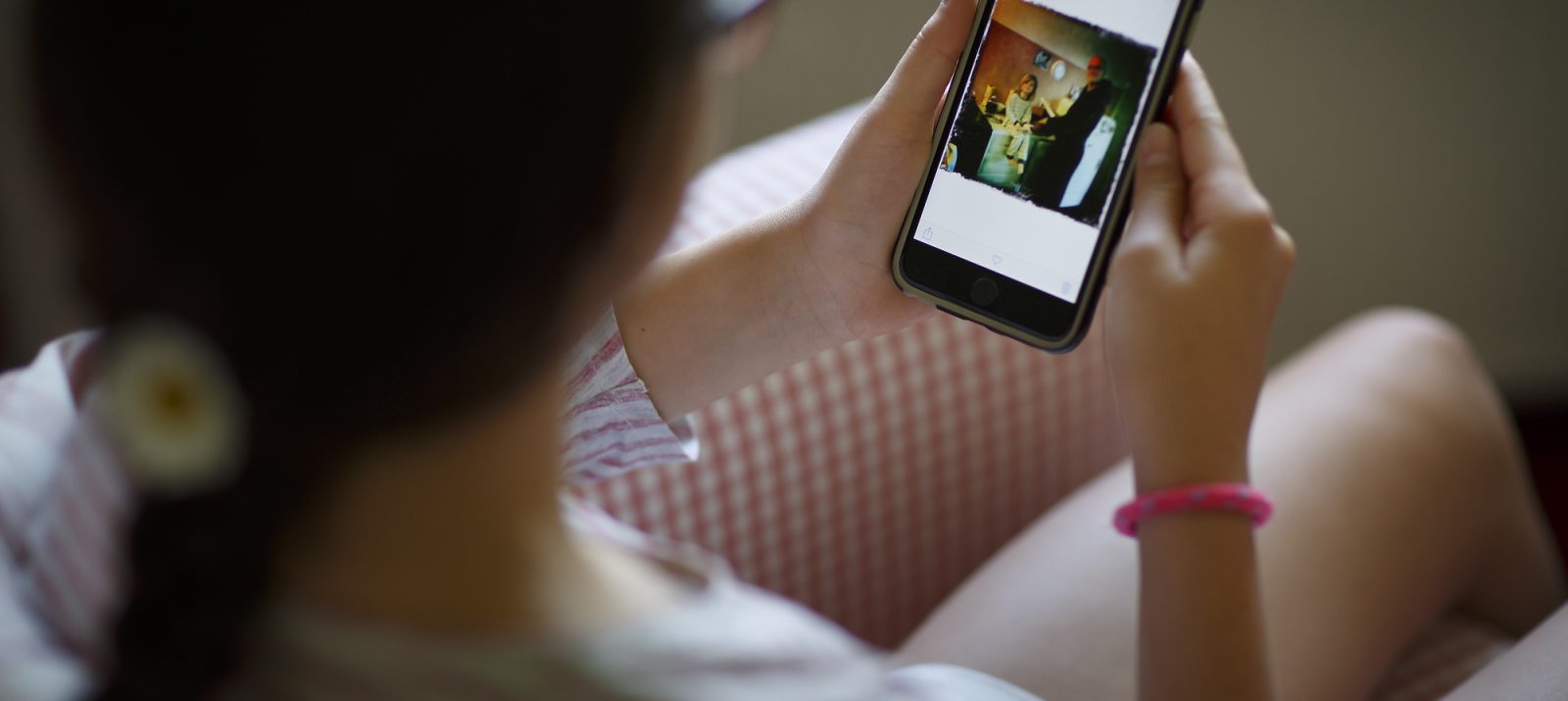
At TikTok, Instagram and the like, anyone can join in the conversation, share photos, videos or anything else with the world, and thus help shape social media. A wide variety of people and groups can thus become visible and make a strong case for their concerns.
Unfortunately, groups that are often discriminated against in the real world are also insulted and put down online. This can go as far as hate speech or cyberbullying. Some platforms can reinforce this – sometimes unintentionally – for example because they are not designed to be accessible. Accessible offers can also be used by people who, for example, cannot read well or cannot see, because there is a read-aloud function for texts or image descriptions.
If providers automatically filter out certain content, not every user can see it – this can also be discriminatory. Such filtering existed in the past at TikTok, among others – but was withdrawn after protests.
On the other hand, many people only have the opportunity to draw attention to themselves and their concerns through social media: Activists campaign online for the rights of disabled people or make it clear that they are against racism. For example, many people have blacked out their social media profile pictures to make a statement against police violence against people of color in the U.S. and against racial hatred around the world.
In media, whether in social media, television or magazines, a classic image of genders, families, etc. prevails. This already starts with the choice of topics: Girls’ and women’s accounts are primarily about fashion and beauty, decoration or nutrition. Male influencers, on the other hand, deal with more topics and genres from the areas of society, comedy, games or politics.Only if you specifically search for hashtags such as diversity or body positivity, you will also find other images. Young people who use social media on a daily basis have more traditional role models of men and women or girls and boys in mind than young people who use Instagram, YouTube, etc. less.
Influencers contribute to this with their rather stereotypical self-portrayal. Most successful female influencers on Instagram are slim and long-haired. They have an important role model function for young people, which is why they imitate the appearance, gestures, facial expressions and poses of their idols. Often, for example, you see selfies with your hand casually resting in your hair. Girls who follow influencers edit their own images more than others and place greater emphasis on being slim. To align their own pictures with the posts of their role models, young people resort to filters and tricks, taking their cue from traditional beauty standards such as big breasts for girls and broad shoulders for boys.
To prevent your child from believing that he or she has to conform to these standardized images of beauty and roles, you should discuss alternatives together. Be careful not to devalue your child’s favorite Influencers, because they probably mean a lot to him. Instead, try to remain neutral. You can look together at the accounts of influencers who focus on diversity instead of stereotypical patterns and talk about similarities and differences to other profiles.
There is a lot of content on social media that shows the diversity of society – but you usually only come across it if you specifically search for it: On the Instagram channel whatsmakes_them_beautiful young people compliment each other and encourage each other to love themselves. At lebensmutigblog young people share experiences on the topic of inclusion and otherness. Under hashtags like #bodypositivity and #diversity, you can find a lot of content around the diversity of people. If you and your child follow such accounts and use these hashtags, you can contribute to more diversity on social media.